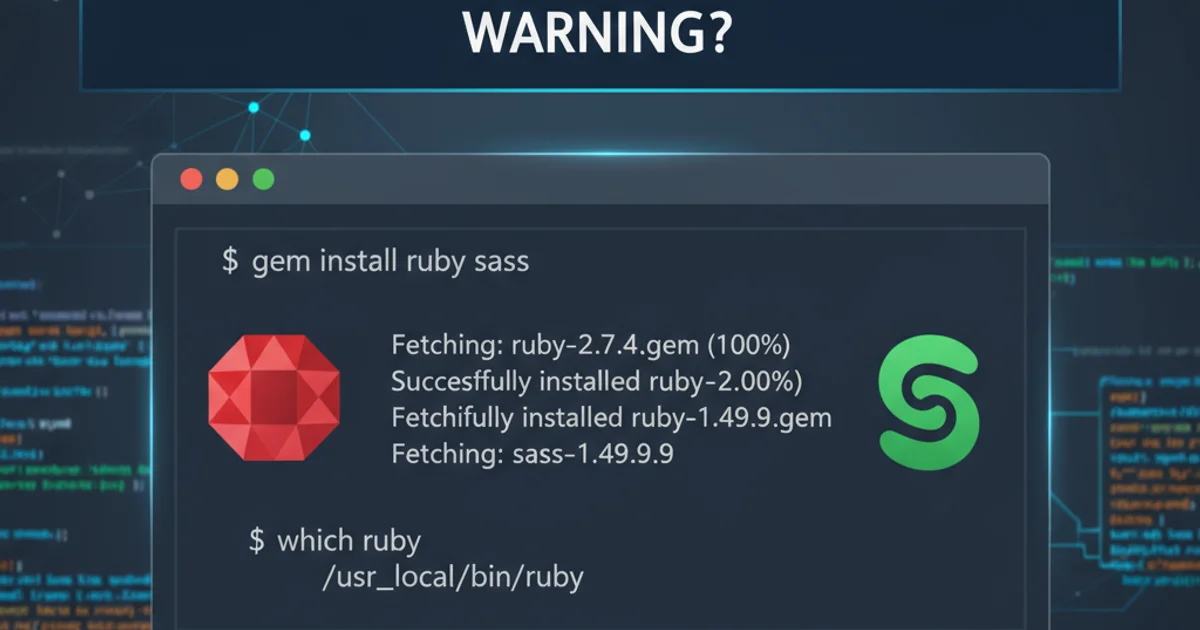How can I symlink a file in Linux?
Categories:
Mastering Symlinks in Linux: A Comprehensive Guide

Learn how to create and manage symbolic links (symlinks) in Linux, understanding their types, use cases, and best practices for effective file system organization.
Symbolic links, often shortened to symlinks or soft links, are a powerful feature in Linux and Unix-like operating systems. They act as pointers to other files or directories, allowing you to access a target file or directory from multiple locations without duplicating its content. This guide will walk you through the fundamentals of symlinks, how to create them, and when to use them effectively.
Understanding Symbolic Links
A symbolic link is essentially a special type of file that contains a reference to another file or directory. When you access a symlink, the operating system redirects you to the target file or directory. This is similar to a shortcut in Windows, but with deeper integration into the file system.
There are two main types of links in Linux: symbolic links (soft links) and hard links. While both create alternative paths to data, their underlying mechanisms and behaviors differ significantly. This article focuses on symbolic links due to their flexibility and common use cases.
flowchart TD
User[User Accesses] --> Symlink(Symbolic Link)
Symlink --> OS[Operating System]
OS --> TargetFile[Target File/Directory]
TargetFile --> Data[Actual Data]
style Symlink fill:#f9f,stroke:#333,stroke-width:2px
style TargetFile fill:#bbf,stroke:#333,stroke-width:2pxHow a symbolic link redirects access to a target file or directory.
Creating Symbolic Links with ln -s
The primary command for creating symbolic links in Linux is ln with the -s option. The basic syntax is straightforward: ln -s <target> <link_name>.
<target>: This is the original file or directory you want to link to. It can be an absolute or relative path.<link_name>: This is the name and path of the symbolic link you are creating. If you only provide a name, the link will be created in the current directory.
# Create a symlink to a file
ln -s /path/to/original_file.txt my_link.txt
# Create a symlink to a directory
ln -s /path/to/original_directory my_directory_link
# Create a symlink in a different directory
ln -s /home/user/documents/report.pdf /var/www/html/downloads/latest_report.pdf
Examples of creating symbolic links for files and directories.
Managing and Removing Symbolic Links
Once created, symbolic links behave much like the original files or directories. You can cd into a linked directory, cat a linked file, or execute a linked script. To identify a symbolic link, the ls -l command is invaluable.
Removing a symbolic link is as simple as removing any other file using the rm command. Removing the link itself does not affect the original target file or directory.
# List files and identify symlinks (indicated by 'l' at the beginning of permissions and '->' pointing to target)
ls -l
# Example output:
lrwxrwxrwx 1 user user 15 Jan 1 10:00 my_link.txt -> /path/to/original_file.txt
# Remove a symbolic link
rm my_link.txt
# Remove a symbolic link to a directory (note: do NOT use rm -r on the link itself, as it will delete the target's contents)
rm my_directory_link
Commands for listing and removing symbolic links.
rm -r with symbolic links to directories. If you apply rm -r directly to the symlink, it will delete the contents of the target directory, not just the link itself. Always use rm without -r for directory symlinks.1. Verify Target Path
Before creating a symlink, ensure the target file or directory exists and you have the necessary permissions to access it. Use ls -l /path/to/target.
2. Create the Symlink
Use the ln -s command, specifying the absolute path to the target for robustness, especially if the link might be moved or accessed from different locations. For example: ln -s /opt/app/config /etc/app_config.
3. Test the Symlink
After creation, verify that the symlink works as expected. Try accessing the linked content: cat my_link.txt or ls my_directory_link.
4. Inspect with ls -l
Use ls -l in the directory where the symlink was created to confirm its type and that it points to the correct target. The output should show l at the beginning of the permissions and -> followed by the target path.